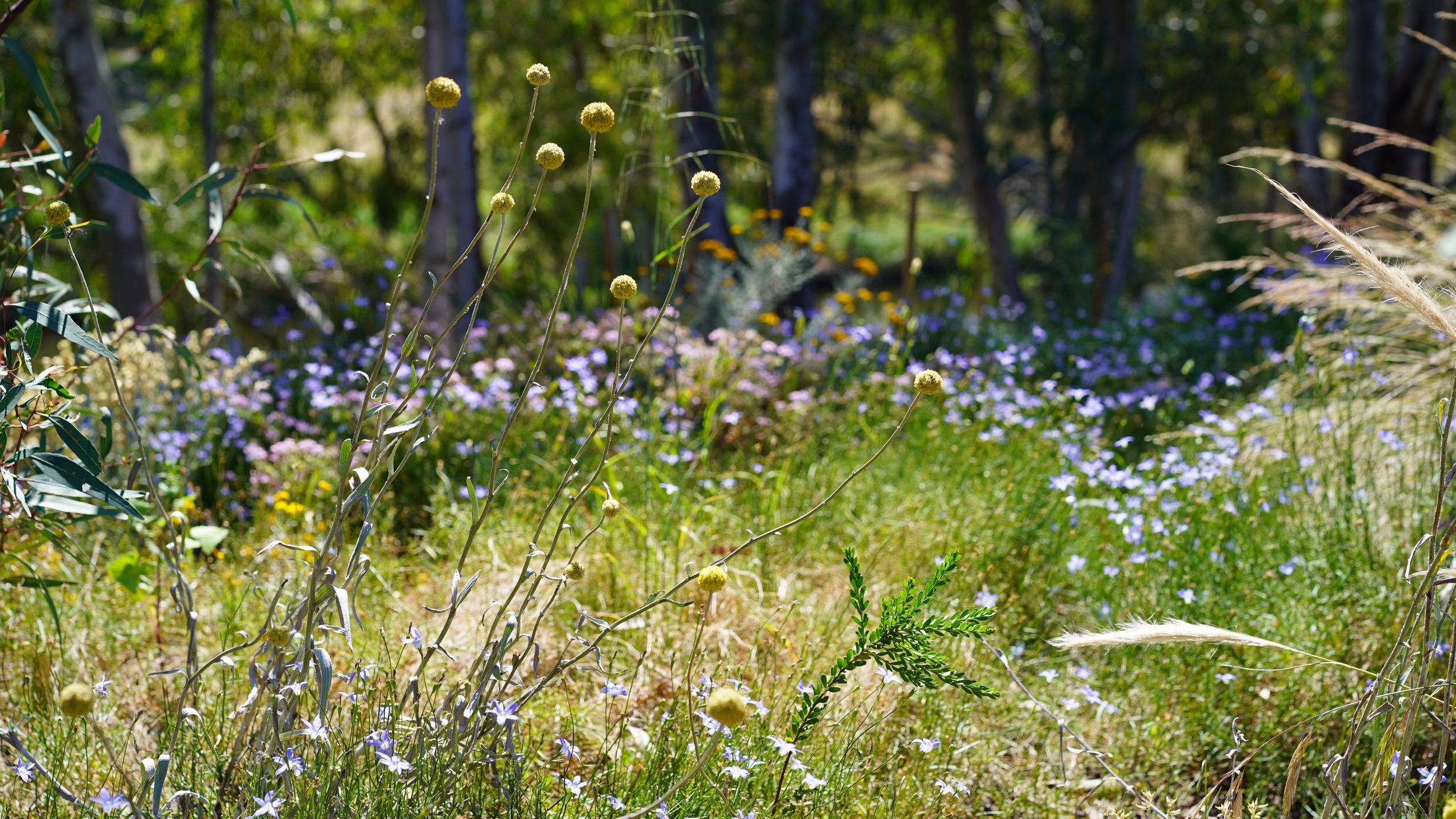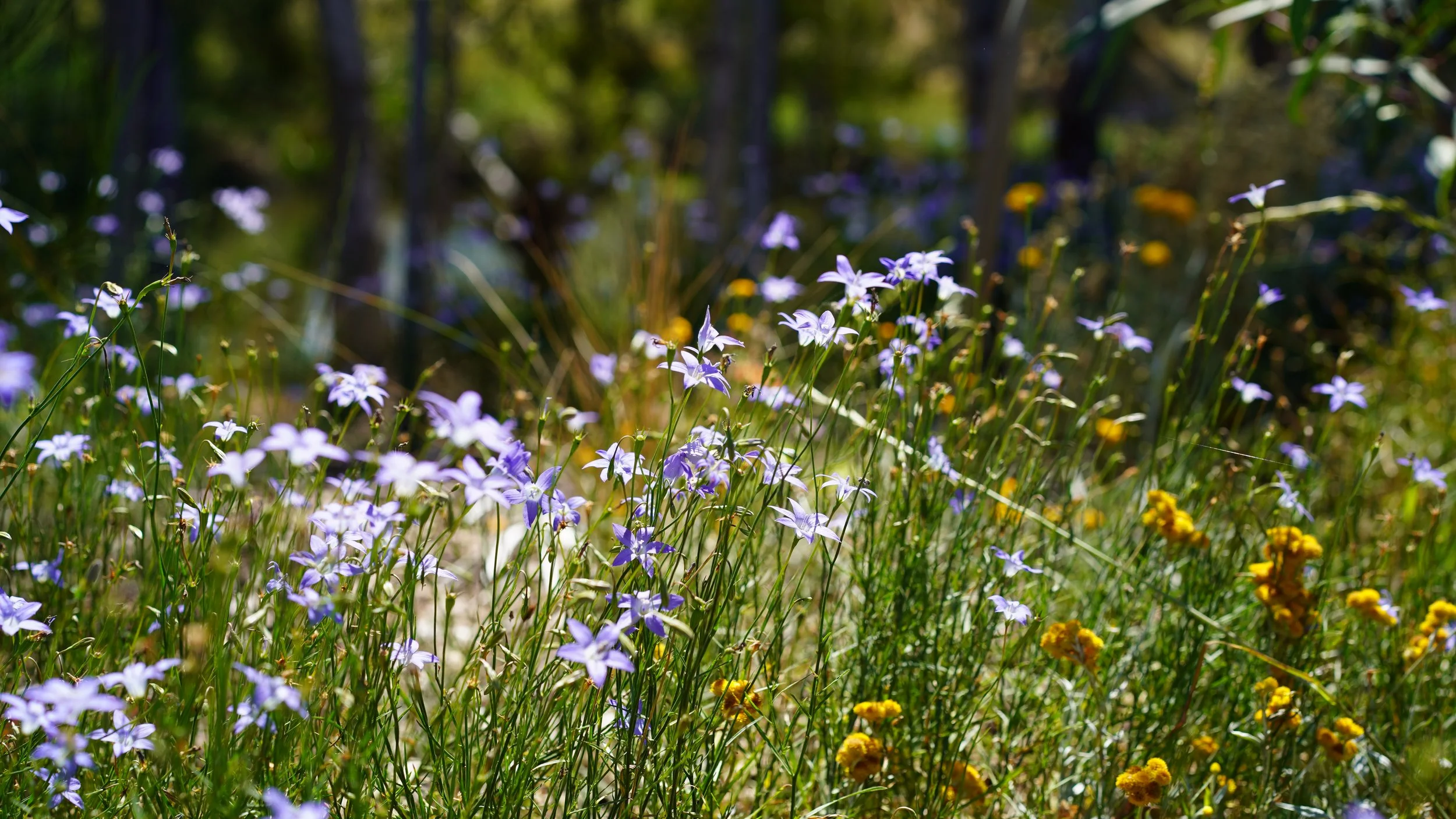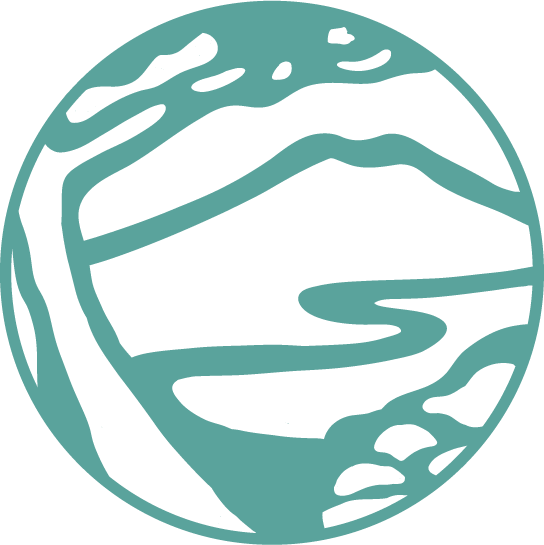
The Friends of Kororoit Creek is an active group of volunteers working on a range of activities which aims to improve the health of the Kororoit Creek and its surrounds in the Brimbank area. Our mission is to protect and enhance the environment and habitat corridor along the Kororoit Creek. We seek to involve, inspire and empower our local community.
With things such as climate change, deforestation, pollution, development and biodiversity loss having a negative effect on the environment, working with the FOKC is a great way to try to combat these things by thinking globally but acting locally. It is also heaps of fun!
Activities include plantings during the cooler months, maintenance of new and older planting sites, group working bees, working with schools and corporate groups, Waterwatch, social gatherings, litter pick-ups, art projects, workshops on all sorts of topics, education campaigns and informal walks along the Kororoit Creek trail
In the last 9 years alone we planted 115,000 plants
on the creek.

This is Mt Kororoit. It’s a volcano that last flowed about a million years ago. It’s on the FOKC logo, and rightly so, because it’s incredibly significant.
This volcano, and the others like it in this area – Mt Cottrell, Mt Atkinson, Mt Aitken etc – formed the landscape we live on. In this view – by the time you’re this close, you’re on it. The flows from this volcano covered the previous landscape – hills, creeks, forests, ancient sea-bed – with basalt rock many metres deep, creating the flat landscape of the western plains. Kororoit Creek formed in the cracks and low points in that sheet of basalt – so the volcanoes formed the shape and meanders of Kororoit Creek that we know now.
But there is something else too. In April 1835, John Batman, a white man from Tasmania, landed near what is now Melbourne and explored a large area in what is now the northern suburbs of Melbourne. On this journey he climbed Mt Kororoit to get a better view. As the land was mostly treeless, and covered in dense swards of Kangaroo grass (Themeda triandra), it was, he wrote, "Land of the best description, equal to any in the world... the most beautiful sheep pasturage I ever saw in my life." (Ref: Wikipedia)
These words spelled doom for the people who lived here and for the natural environment. Batman was looking at the landscape purely as a profit opportunity, a gold mine for anyone who could get sheep in here quickly enough, to sell the wool back to England. 15 years after Batman arrived – there were five million sheep in Victoria. Those sheep, and the settlers who came with them, obliterated the natural vegetation in the plains around us – the vast expanses of Themeda triandra dotted with wildflowers, extending almost to the South Australian border – the environment that we’re trying to restore today, in the tiny little patches available to us.
The Wurundjeri Kurung-jang-baluk people who had lived on the plains around Mt Kororoit for tens of thousands of years were pushed out or killed – Victoria’s first massacre of Indigenous People was on the slopes of Mt Cottrell nearby. The name Kororoit has tragedy attached to it. There’s no agreement on what ‘Kororoit’ means. The reason for that, we assume, is because the people who made that name were gone so quickly no one recorded the meaning, or cared enough to.
So Mt Kororoit looms over us in more ways than one. It created the earth’s surface where we live, it was a the high point from which Batman surveyed the land and decided it was ripe for plunder – leading to the obliteration of the native plants and animals that we’re trying to make up for today. And the name Kororoit is this permanent reminder of the people who lived here for millennia before us, and how our predecessors treated them.
~ Gerard Morel, Upper Kororoit Creek Bus Tour, Nov 2022.
The Friends of Kororoit Creek are proud to acknowledge Aboriginal and Torres Strait Islander Peoples as the Traditional Custodians of the Country on which we live and work. We value and respect their deep and continued spiritual and cultural connections to the land, waters and seas, and pay our respects to their Ancestors, and Elders past and present.
The Friends of Kororoit Creek celebrate all people in their amazing diversity and are passionately and actively working to create an environment that feels safe and welcoming to all.
Photos by Outside Four Walls, Sarah Weston Photography, Andrew Robb Films,
Ursula Dutkiewicz, Sam O’Reilly, Jessica Gerger, members and friends.



